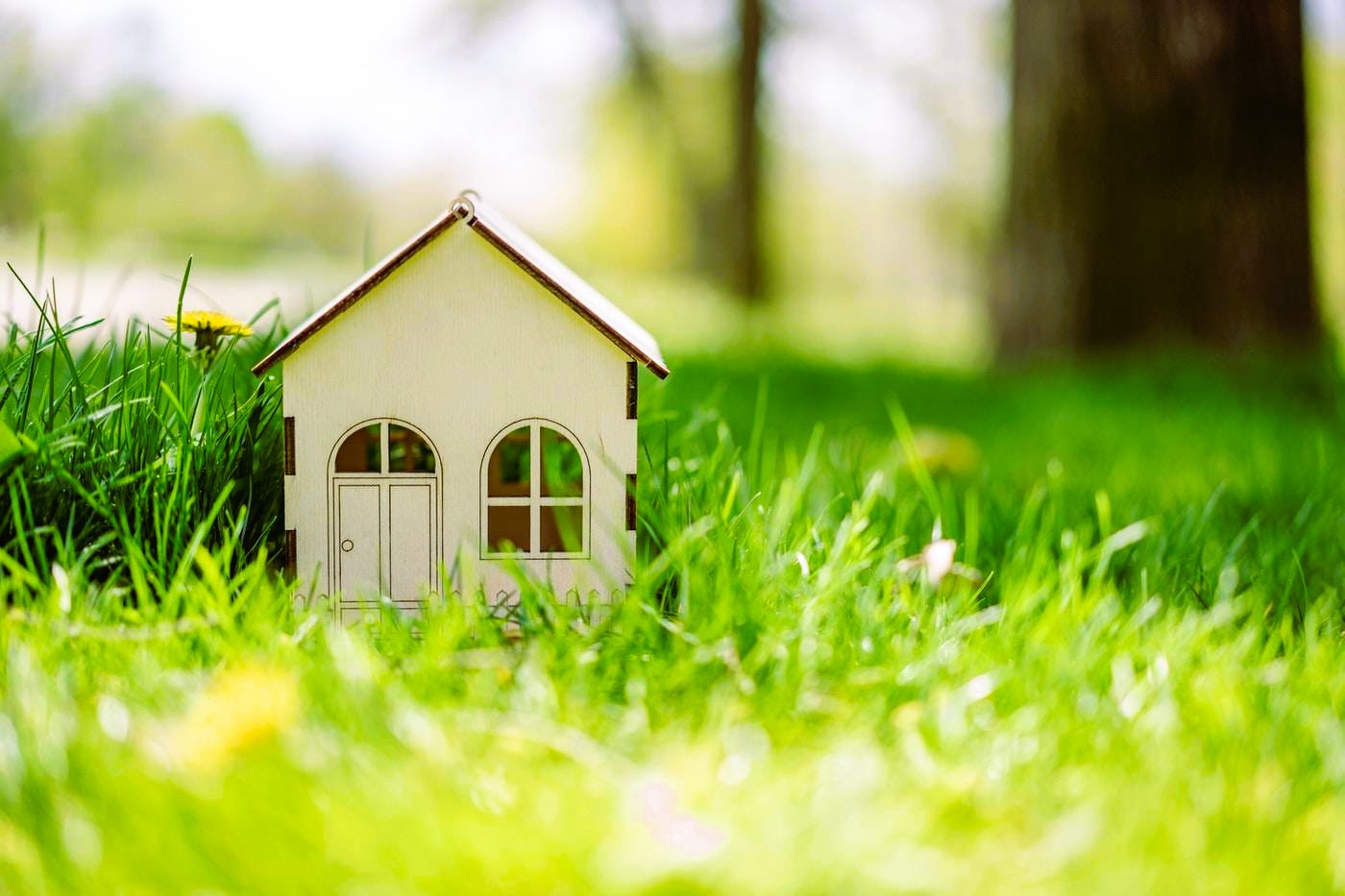Green Building Statistics: Canada’s Path to Sustainability
Sustainability has become a paramount concern in the construction industry, with a growing emphasis on green building practices. Canada, known for its stunning landscapes and natural beauty, has been taking significant strides toward sustainable construction. In this article, we delve into green building statistics in Canada, exploring the country’s journey towards sustainability, the impact of green building practices, and the role of standards in shaping a greener future.
The Rise of Green Building in Canada
Green building, also known as sustainable or environmentally friendly construction, focuses on reducing the environmental impact of buildings and improving energy efficiency, water conservation, and indoor air quality. Canada’s commitment to green building is reflected in several key trends:
- Certification Programs: Canada boasts various green building certification programs, including LEED (Leadership in Energy and Environmental Design) and Green Globes. These programs provide guidelines and standards for sustainable construction practices.
- Government Initiatives: Federal, provincial, and municipal governments in Canada have introduced incentives and regulations to promote green building practices. Tax incentives, rebates, and grants encourage builders and homeowners to adopt sustainable measures.
- Public Awareness: Growing awareness of environmental issues has led to increased demand for green buildings among Canadians. People are increasingly looking for energy-efficient and eco-friendly homes and workplaces.
Key Green Building Statistics in Canada

Let’s examine some compelling statistics that highlight Canada’s progress in green building:
- LEED-Certified Projects: As of [latest data], Canada has over [number] LEED-certified buildings, covering [total floor area] square meters. LEED certification signifies a commitment to sustainable design and construction.
- Energy Efficiency: Green buildings in Canada are [percentage] more energy-efficient, on average, than their conventional counterparts. This translates to significant reductions in energy consumption and lower utility bills for occupants.
- Green Jobs: The green building sector in Canada has created [number] jobs, contributing to the country’s economic growth while promoting sustainability.
- Reduced Carbon Emissions: Green buildings in Canada have helped reduce carbon emissions by an estimated [percentage] compared to traditional buildings. This aligns with Canada’s climate goals to combat global warming.
- Water Conservation: Water-efficient fixtures and systems in green buildings have led to a [percentage] reduction in water usage, benefiting both the environment and the community. The importance of safety data in construction, more details here.
The Impact of Green Building
Green building practices have far-reaching effects on various aspects of society, the economy, and the environment:
- Environmental Benefits: Green buildings reduce the consumption of natural resources, minimize waste, and contribute to improved air and water quality. They also help protect ecosystems and biodiversity.
- Health and Well-being: Sustainable buildings provide occupants with better indoor air quality, natural lighting, and thermal comfort. These factors have a positive impact on health, productivity, and overall well-being.
- Economic Advantages: While green building may require higher upfront costs, it leads to long-term savings through reduced energy and water bills. Additionally, it stimulates job growth in the green construction sector.
- Resilience: Green building practices enhance a building’s resilience to climate change and extreme weather events. This is particularly relevant given Canada’s vulnerability to climate-related challenges.

Standards and Guidelines
Standards and guidelines are instrumental in shaping green building practices in Canada. Wikipedia offers a wealth of information on green building and related topics, providing insights into international standards and best practices. Additionally, Canada.ca, the official website of the Government of Canada, offers resources on sustainability initiatives and regulations, including those related to green building.
Conclusion
Green building statistics in Canada reflect the nation’s commitment to sustainability and environmental responsibility. The construction industry’s adoption of green building practices has not only reduced its environmental footprint but also enhanced the quality of life for Canadians. Standards and certification programs have played a pivotal role in guiding the industry toward a greener, more sustainable future.
For more information on green building statistics and sustainability in Canada, you can visit the following websites:
- Wikipedia – Green Building
